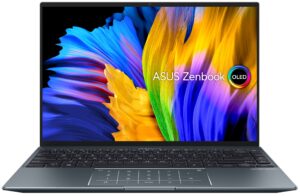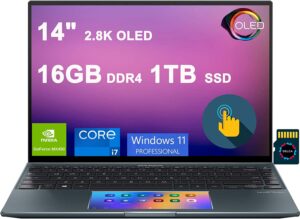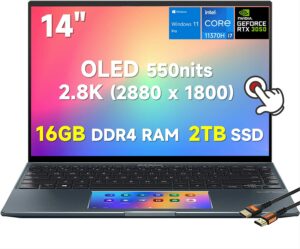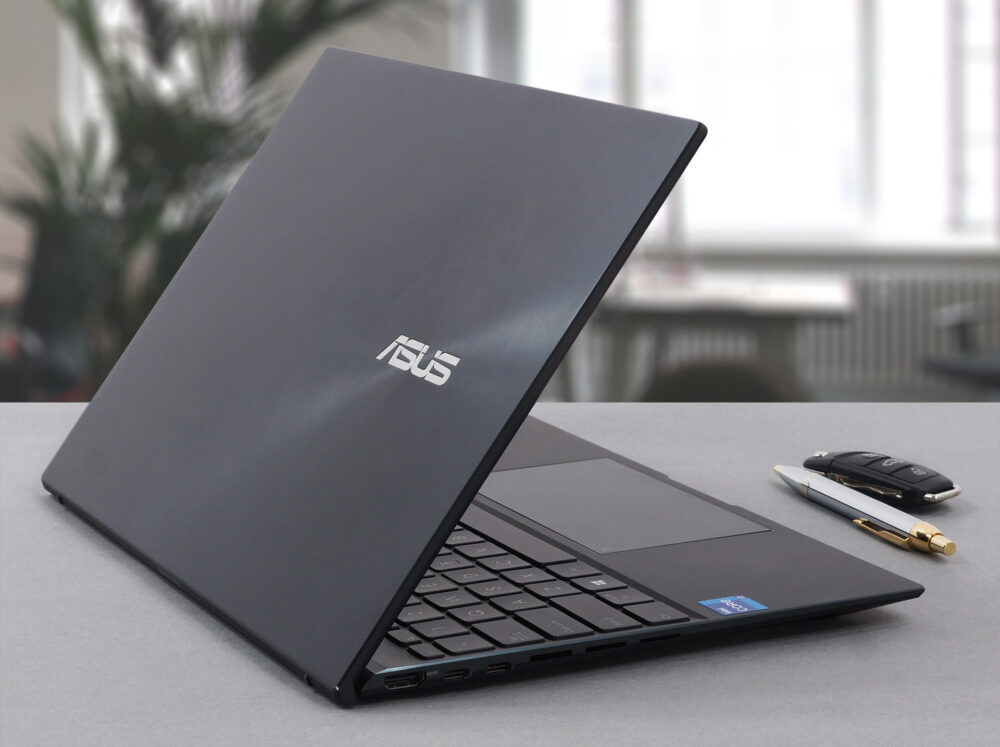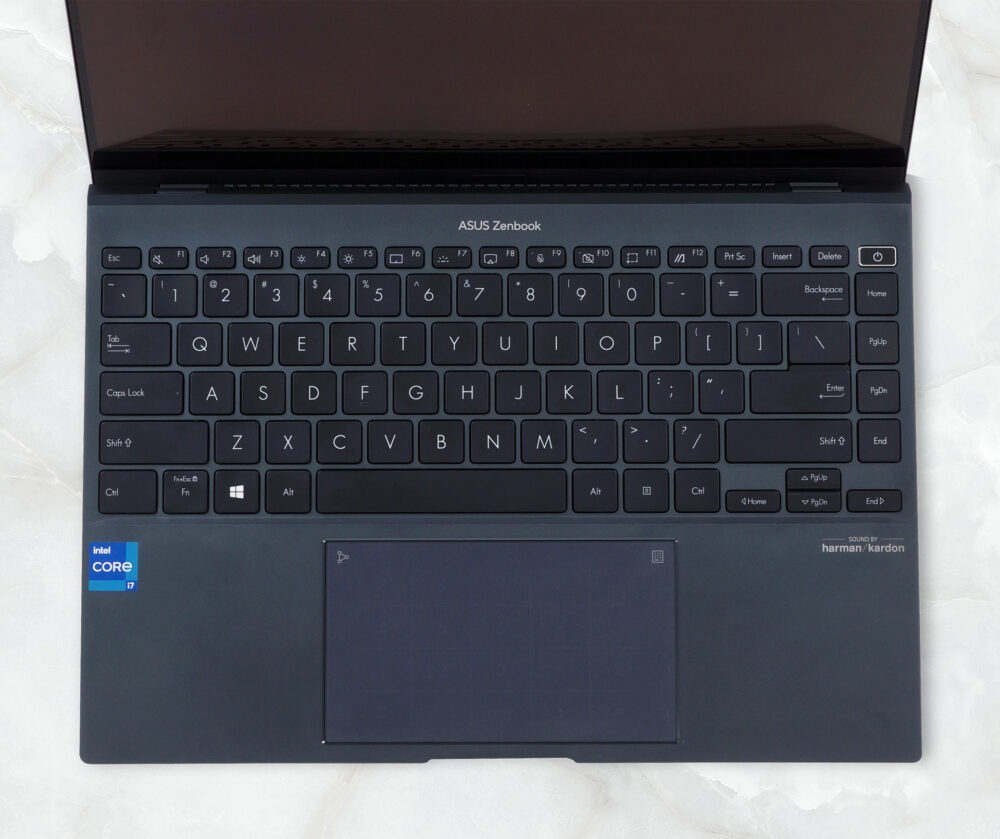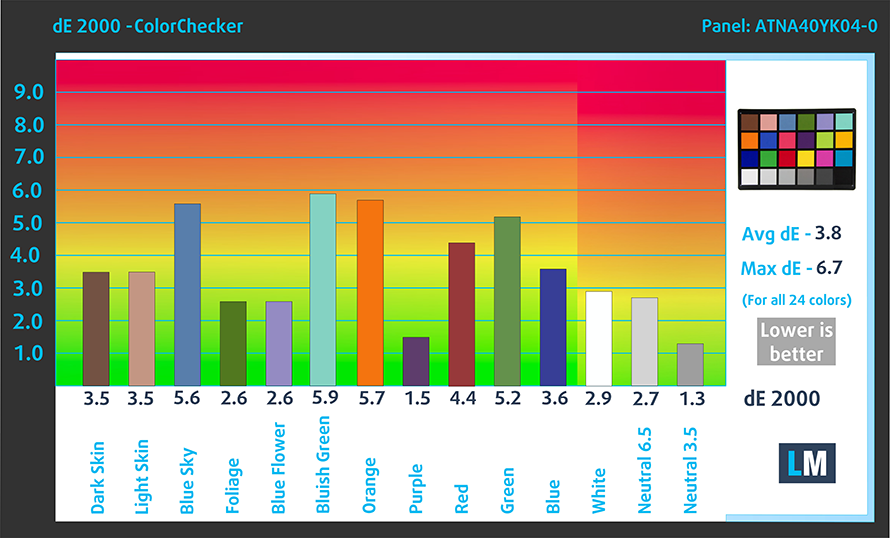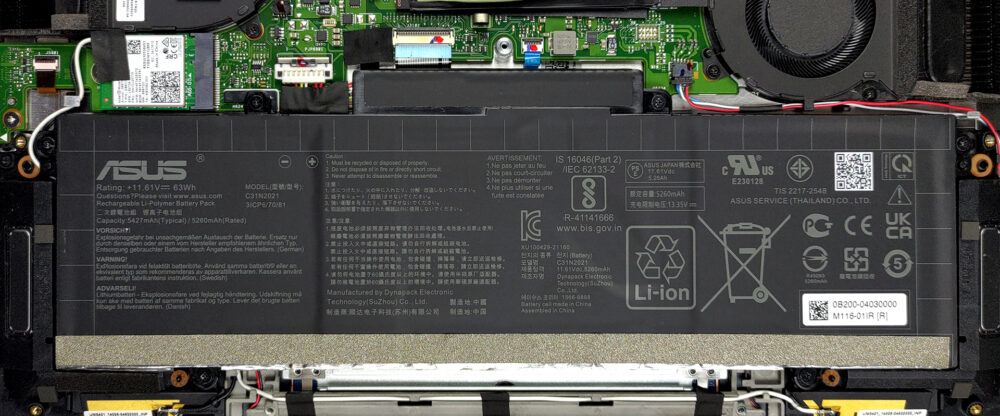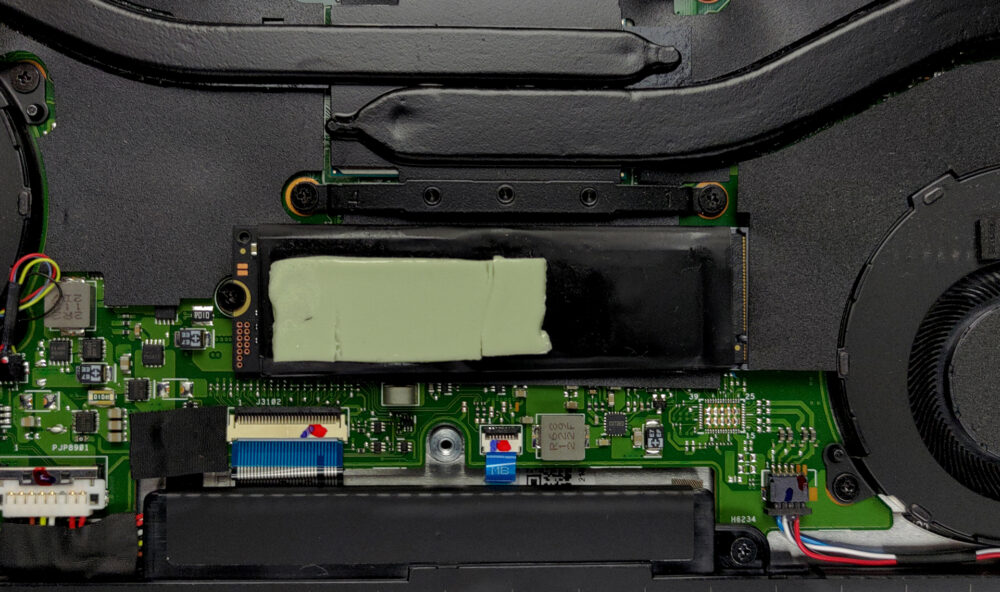ASUS ZenBook 14X OLED (UX5401, 11th Gen) – Top 5 Pros and Cons
 Everyone’s laptop needs are different, and this is why we have such different devices. Today we have a notebook that we would describe as the perfect device for on-the-go Creator and office work. It is for the high-level executives, who want to stand out in the board room.
Everyone’s laptop needs are different, and this is why we have such different devices. Today we have a notebook that we would describe as the perfect device for on-the-go Creator and office work. It is for the high-level executives, who want to stand out in the board room.
For that job, you need the ASUS ZenBook 14X OLED (UX5401, 11th Gen), which has power-efficient processors, integrated graphics, and fantastic display options. Alder Lake is out of the question for now, and this is why this laptop relies on the Tiger Lake U-platform.
Today we are presenting you with LaptopMedia’s top 5 picks about the ASUS ZenBook 14X OLED (UX5401, 11th Gen).
ASUS ZenBook 14X OLED (UX5401, 11th Gen): Full Specs / In-depth Review
4 reasons to BUY the ASUS ZenBook 14X OLED (UX5401, 11th Gen)
1. Design and build quality
Being a ZenBook, the device uses an aluminum chassis with a thin profile of 15.9 mm and a weight of 1.40 kg. The lid also sports the traditional for ZenBooks brushed lid pattern, which is circular and is a clear identifier of the brand. The durability is superb, with the lid being exceptionally strong, thanks to both the metal construction and the glass display cover, which is there to protect the screen from scratches.
The lid opens easily with one hand, and the hinges have a very smooth operation. It also has an ErgoLift mechanism, which propels the rear end of the notebook, giving the fans on the bottom more room to breathe. This reveals tiny bezels, a webcam on top, and an edge-to-edge keyboard, which for a low-profile unit, works great, with decent key travel and clicky feedback. The touchpad is large, has a glass cover, and works well with the display. It can also act as a NumPad with a single slide.
2. Display quality
Speaking of the display, here we tested a 14-inch OLED display with a resolution of 2.8K (2880 x 1800p) and a 90Hz refresh rate. It has excellent viewing angles, a max brightness of 370 nits in the middle of the screen, 369 nits as an average, and a maximum deviation of only 2%. Due to the nature of OLED panels, the contrast ratio is infinite. The display fully covers the sRGB and DCI-P3 color gamuts.
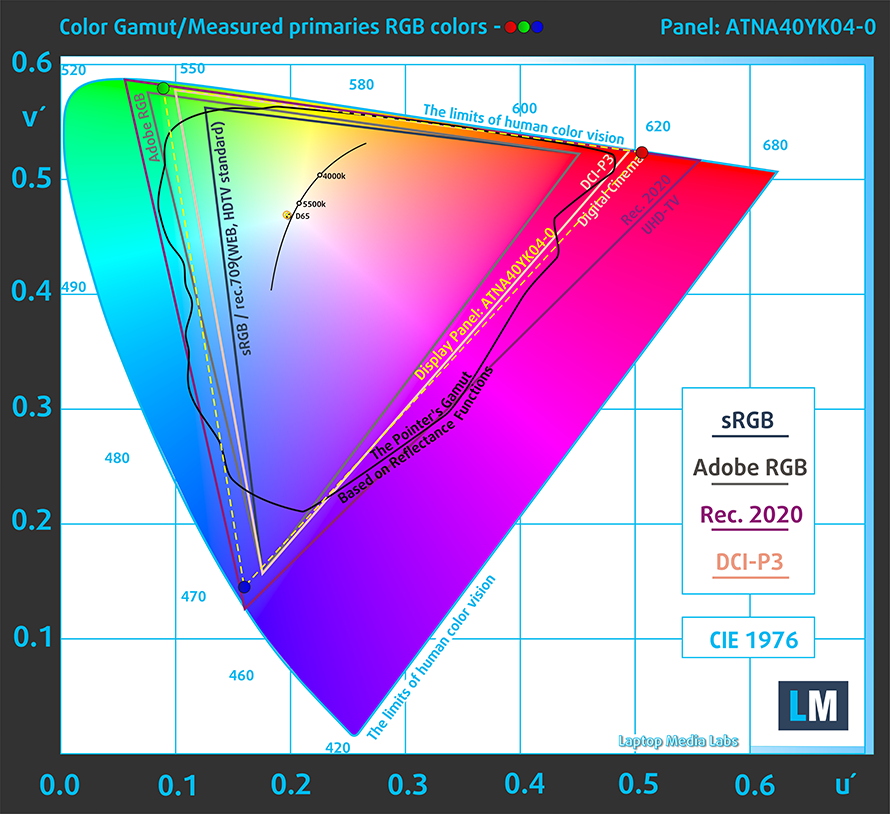
The accuracy, however, isn’t the best, with the stock settings delivering a dE value of 3.8.
There is also the PWM usage, which is very aggressive up to 89 nits, after which it switches to light pulsations, which should be fine even for prolonged periods of time.
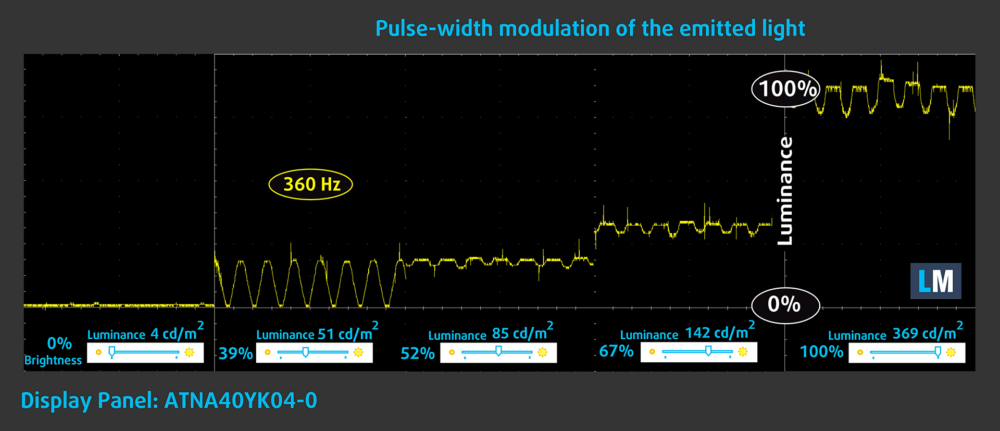
Buy our profiles
Since our profiles are tailored for each individual display model, this article and its respective profile package are meant for ASUS ZenBook 14X OLED (UX5401) configurations with 14.0″ Samsung ATNA40YK04-0 (SDC4154) (2880 x 1800p) OLED panel.
*Should you have problems with downloading the purchased file, try using a different browser to open the link you’ll receive via e-mail. If the download target is a .php file instead of an archive, change the file extension to .zip or contact us at [email protected].
Read more about the profiles HERE.
In addition to receiving efficient and health-friendly profiles, by buying LaptopMedia's products you also support the development of our labs, where we test devices in order to produce the most objective reviews possible.

Office Work
Office Work should be used mostly by users who spend most of the time looking at pieces of text, tables or just surfing. This profile aims to deliver better distinctness and clarity by keeping a flat gamma curve (2.20), native color temperature and perceptually accurate colors.

Design and Gaming
This profile is aimed at designers who work with colors professionally, and for games and movies as well. Design and Gaming takes display panels to their limits, making them as accurate as possible in the sRGB IEC61966-2-1 standard for Web and HDTV, at white point D65.

Health-Guard
Health-Guard eliminates the harmful Pulse-Width Modulation (PWM) and reduces the negative Blue Light which affects our eyes and body. Since it’s custom tailored for every panel, it manages to keep the colors perceptually accurate. Health-Guard simulates paper so the pressure on the eyes is greatly reduced.
Get all 3 profiles with 33% discount
3. I/O
The laptop is decently populated with ports, offering one USB Type-A 3.2 (Gen 2), two Thunderbolt 4 ports, an HDMI 2.0b connector, a MicroSD card reader, and a 3.5 mm audio jack.
4. Battery life
Despite its high-resolution panels, the laptop manages to provide decent battery life from its 63Wh battery pack. The laptop lasted for 11 hours and 7 minutes of Web browsing, or 7 hours and 58 minutes of video playback. Now, we conduct the battery tests with Windows Better performance setting turned on, screen brightness adjusted to 120 nits, and all other programs turned off except for the one we are testing the notebook with.
1 reason NOT to buy the ASUS ZenBook 14X OLED (UX5401, 11th Gen)
1. Upgradeability
As with most small premium notebooks, there is next to no upgradeability. There are either 8 or 16GB of DDR4 RAM working in quad-channel mode, so at least the CPU and iGPU will make the most out of it. In terms of storage, there is a single M.2 PCIe x4 slot, which supports Gen 4 drives.
Here is our detailed teardown video, which shows how to access the storage slot.
